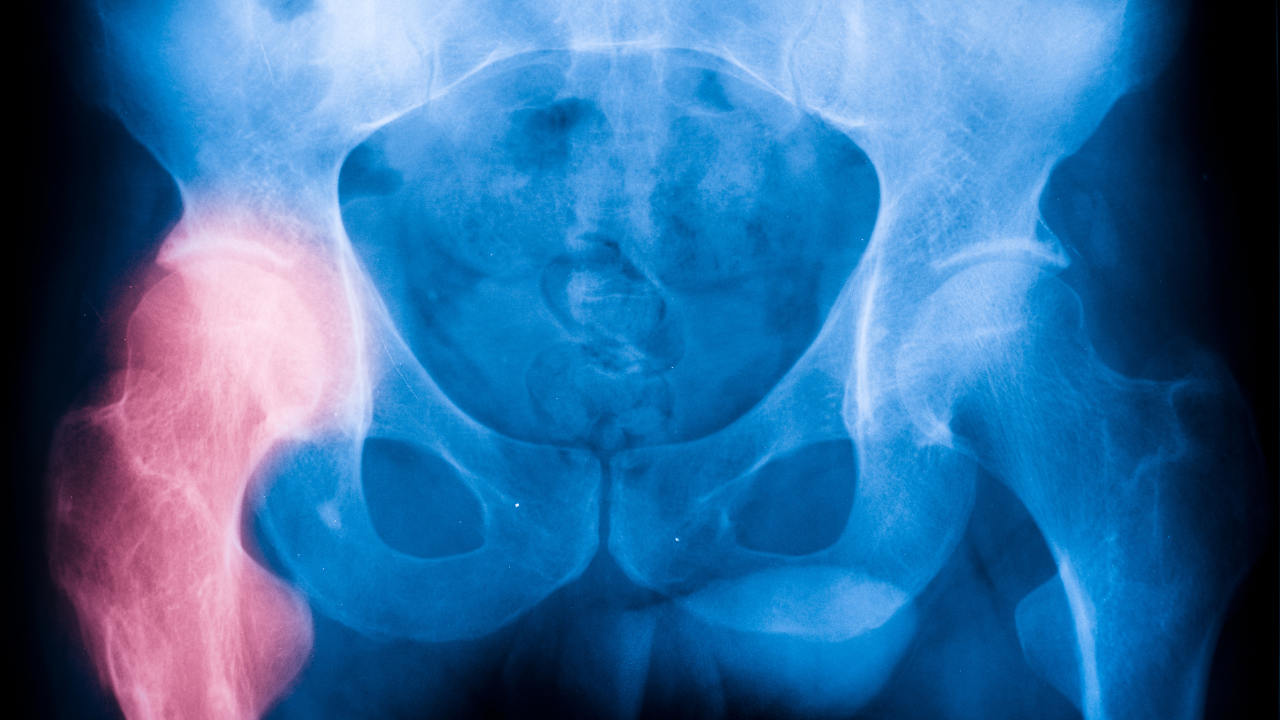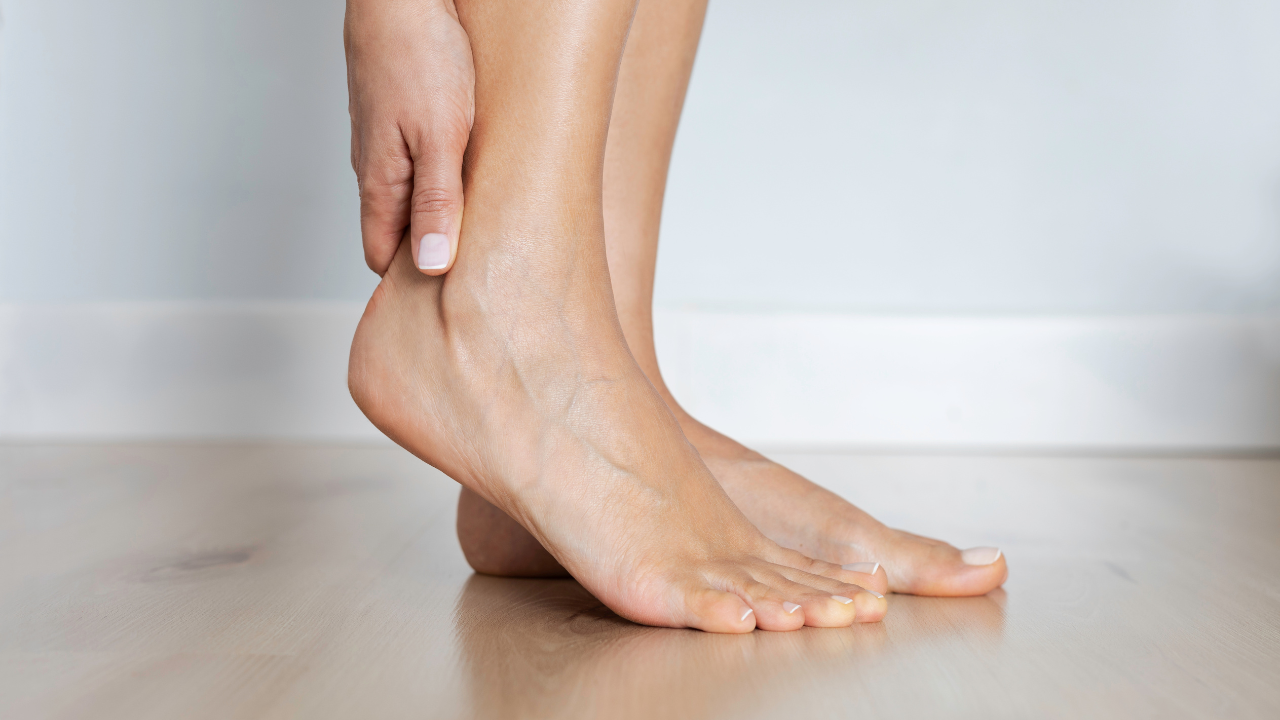Your Pelvis Could Hold the Key to Healing Chronic Lower Back, Hip and Foot Pain
Jul 05, 2022
Most of us feel comfortable talking to friends/family if we have lower back, hip and foot pain, but we hardly ever mention symptoms involving sexual and genitourinary issues such as vaginal, rectal, or lower abdominal pain.
If you are experiencing chronic lower back, hip, and even foot pain, consulted with an orthopedic doctor and maybe even received good physical therapies, but still experience pain even after taking the meds and seeing your health professionals, your pelvic floor may be the root cause.
Some of the most common ‘orthopedic’ conditions that may have underlying pelvic floor dysfunction include lower back, hip, and foot/ankle pain.
Lower Back Pain
Based on the type of discomfort you’re experiencing, the cause may be the pelvic floor. In his article: ‘Musculoskeletal Causes of Chronic Pelvic Pain’, Dr. Anthony Gyang reports when lower back pain feels vague and poorly localized, one-sided, aching, throbbing, and/or heavy, this might indicate that pelvic dysfunction is the cause. In addition, you may experience a sensation of pelvic floor heaviness or pressure.
Signs that your pain may be connected to a ‘hypertonic’ or ‘tight’ pelvic floor include acute attacks of pain that awaken you at night, radiation of the pain to your sacrum, and pain with sex. In women, this is often referred to as dyspareunia. For men, it may manifest as erectile dysfunction.
Low back pain that starts in the afternoon and gets progressively worse as the day goes on may indicate the presence of ‘Levator Ani Syndrome’, and overly tight pelvic floor muscles. These flares may be constant for days at a time or occur suddenly with a short duration.
The reason for this relationship has to do with the role the pelvic floor plays in stabilizing your core. During many activities, your deep fibers of the lower back muscles, abdominal muscles, and pelvic floor work together as a 3-point brace to keep your spine stable. When one of these muscles malfunctions, it can put stress on the other two, resulting in pain.

Hip Pain
The deep hip muscles that provide hip stability and rotation motion have attachments onto the pelvic floor muscles! So if you're experiencing chronic hip pain, there may be an underlying pelvic floor component.
Three common causes of hip pain include hip osteoarthritis, labral tears and femoroacetabular impingement (hip impingement). Each condition reflects a deviation from proper hip biomechanics and may be influenced by dyssynergic (improperly functioning) musculature. Two of the muscles that are both part of the pelvic floor and help control our hips are the Piriformis and the Obturator Internus. Both of these muscles assist in rotating the leg out and in stabilizing the head of the femur into the hip socket. If the hip socket is unstable, it can cause stress to these muscles, thereby causing stress to the pelvic floor as a whole, and vice versa.

Foot and ankle pain
The connection between the ankle/foot and the pelvic floor is offering more insights into healing chronic foot and pelvic pain.
Several studies now link increased activity of the ankles to increased activity of your pelvic floor muscles. When the mechanics of your lower legs are changed due to an ankle sprain, flat feet, fractures, or other foot and ankle conditions, it’s likely that the activity of your pelvic floor musculature may be affected as well.
In addition, if you’re experiencing foot pain and having difficulty identifying the cause, there may be a phenomenon known as “smudging” happening in the brain.
Your brain has a virtual map of your body so the brain knows what’s happening to each part of your body. This area is called the Sensorimotor Cortex. Hundreds of thousands of brain cells or neurons represent each of our body parts.
So where is the foot/ankle on our brain’s virtual map? Right next to the genital/pelvic region!

When you’ve experienced foot pain for long periods of time, your brain may begin to “smudge” the neurons that represent the pelvic area or vice versa.
The good news is that the brain and nervous system can be retrained (due to its neuroplasticity) and healing can be achieved no matter how long you’ve suffered from persistent pain.

References:
- Chen, H., Lin, Y., Chien, W., Huang, W., Lin, H., & Chen, P. (2009). The Effect of Ankle Position on Pelvic Floor Muscle Contraction Activity in Women. Journal of Urology, 181(3), 1217-1223. doi:10.1016/j.juro.2008.10.151
- Prather, H. (2002). Musculoskeletal Evaluation for Pelvic Pain. Female Pelvic Health and Reconstructive Surgery, 241-261. doi:10.3109/9780203908938-16
- Pelvic, Sexual Intercourse, and Abdominal Pain can be Simple or Complex. (n.d.). Retrieved February 22, 2019, from http://pelvicexpert.com/readmore_pain.php
- Muscolino, J. (n.d.). Muscles of the Pelvis. Retrieved February 22, 2019, fromhttps://learnmuscles.com/blog/tag/obturator-internus/
- Vandyken, C., & Hilton, S. (2019). The Puzzle of Pelvic Pain: A Rehabilitation Framework for Balancing Tissue Dysfunction and Central Sensitization II: A Review of
- Gyang, A., Hartman, M., & Lamvu, G. (2013). Musculoskeletal Causes of Chronic Pelvic Pain. Obstetrics & Gynecology, 121(3), 645-650. doi:10.1097/aog.0b013e318283ffea Treatment Considerations. Journal of Womenʼs Health Physical Therapy, 36(1), 44-54. doi:10.1097/jwh.0b013e31824e0ab4
IMAGE CREDIT: ANATOMY & PHYSIOLOGY, CONNEXIONS WEBSITE. HTTP://CNX.ORG/CONTENT/COL11496/1.6/

